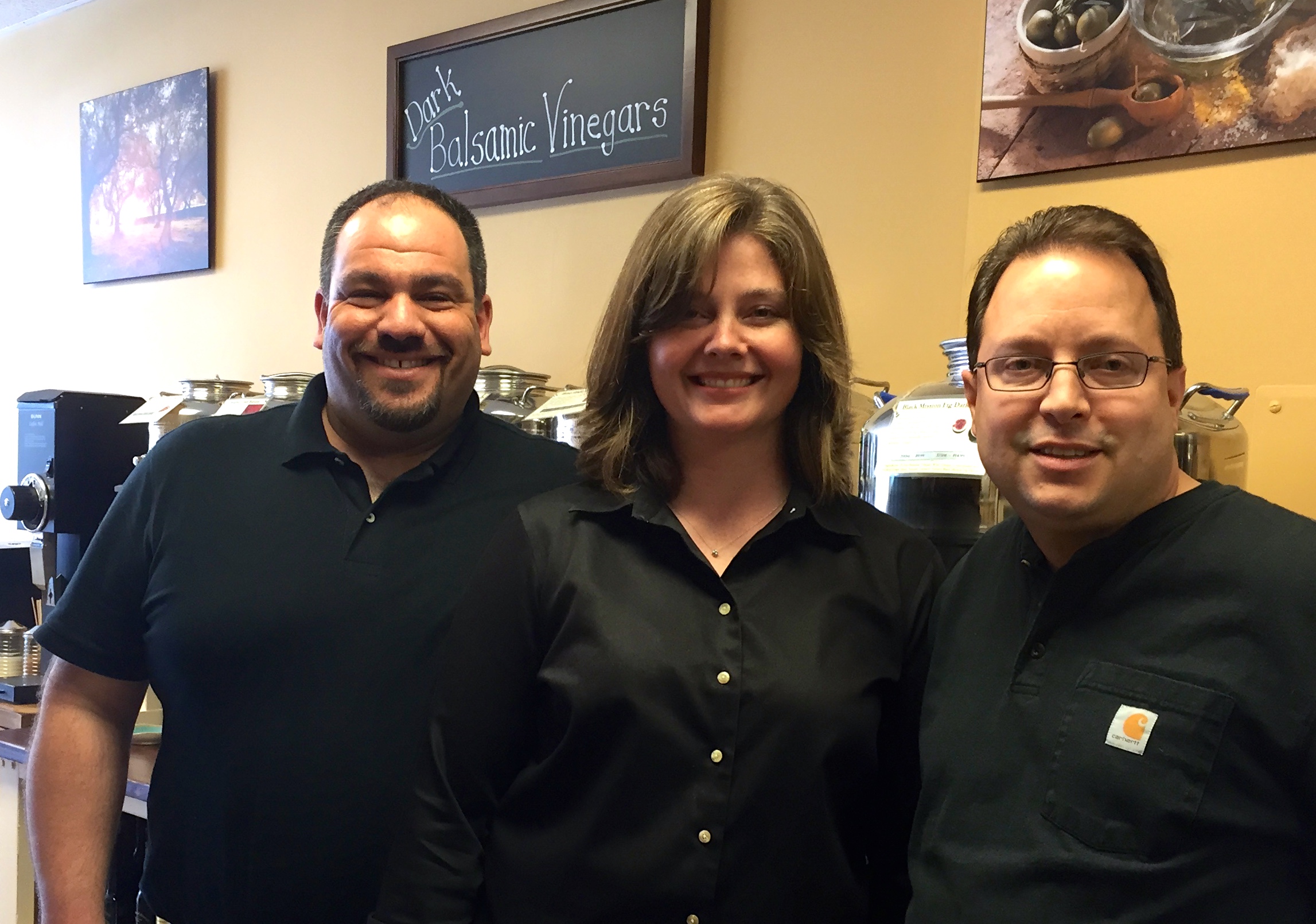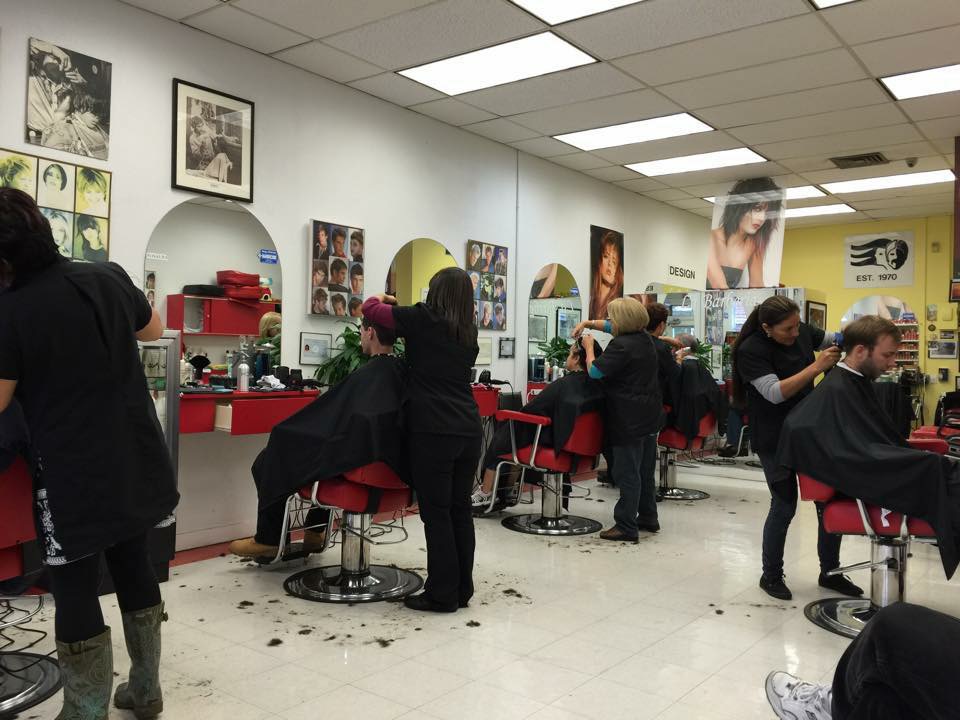Grapevine: Comparing the Production of Fine Wine to Fine Chocolate

The natural and scientific components of winemaking are similar to the production of numerous other products. These products share the core processes and procedures of winemaking, but digress at some point in their unique lifecycles. The end results bear the imprint of the winemaking process but are distinct unto themselves.
Last week I focused on coffee making. This week, I’ll focus on a comparison of the chain of ingredients and processes that result in your favorite chocolate bar.
The baseline agricultural environment: Select varietals of wine grapes will only thrive under a very specific balance of soil, climate, elevation and exposure to the sun (in the aggregate, referred to as terroir).
So, too, with cacao beans. (Editorial note: Raw beans are referred to as cacao; processed beans typically as cocoa.) The unique terroirs of equatorial countries are conducive to the best expressions of certain cacao bean varieties. As with grapes, cacao crops also vary by the cultivation practices of growers.
The core ingredients: The horticultural species that produces the finest wine grapes is Vitis Vinifera. From this species, hybrids have been developed that thrive in specific regions. An example: Tuscan wines produced from the Sangiovese grape in the central region of Italy.
For cacao beans, the species commonly grown is Theobroma. Three strains of Theobroma dominate cacao bean production. The Criollo is the most highly prized by fine chocolatiers, yet yields only 5 percent of total annual production. A lesser, inferior bean is Forastero, which, with its higher yields, is favored by mass producers. Favored by large and small producers alike for its intermediate yield and quality is Trinitario, a hybrid of the two.
The finest cacao beans are grown within 20 degrees of the equator, where consistently warm and humid terroir produces thriving cacao trees and crops. The most highly prized countries are Ecuador, Venezuela and the West Africa region. Each region produces cacao beans with unique flavor, texture and structural elements, including earthy, bitter, robust and nutty.
The transformation process: Similar to wine grapes, cacao pods are harvested at their peak. About 50 beans are then extracted from the pod, fermented and dried. As with winemaking, fermentation is the key step that differentiates one finished chocolate product from the next. This step, in the hands of a chocolate processor, the second link in the chain, creates the true flavors and textures that chocolatiers seek.
The final influences: Here wine and chocolate production differs. Typically, grapes that enter the winery leave as finished product. However, the chocolate making chain includes additional interventions.
A chocolate manufacturer purchases fermented beans from a grower, then roasts the beans, breaking down the components into a liquid (for flavor), a butter (for texture) and a powder (for finesse). The recipe for the proportions of these ingredients, combined with sugar, lecithin and vanilla, creates the ultimate bulk chocolate sold to chocolatiers.
The darkest chocolates are the most highly prized. The ideal percent of cocoa ingredients in a bar of chocolate is generally considered to be 60 percent (and about 40 percent sugar), but personal preferences (of chocolatiers and consumers) dictate levels as high as 80 percent, and a bittersweet designation. If a milk product is added to the recipe, milk chocolate is created; the percentage of cocoa ingredients drops, the flavor is diluted, the color is lighter and the taste is sweeter.
Once a chocolate manufacturer produces a bulk chocolate, it is sold onward, in many cases to the precise specifications of a chocolatier. It is in the hands of artisans that the ultimate fine chocolate bar is crafted from carefully formulated recipes and processing, another similarity to winemaking. Be mindful, however, that just as there are mass-produced wines, produced by large corporate entities, so too with chocolate.
With the proliferation of artisanal chocolate styles and brands on the market today, it is often difficult to differentiate one chocolate bar – or truffle — from the next.
Next week I’ll offer guidance on selecting artisanal chocolates, evaluating them and pairing them with several styles of wine.
Nick Antonaccio is a 35-year Pleasantville resident. For over 15 years he has conducted wine tastings and lectures. He also offers personalized wine tastings and wine travel services. Nick’s credo: continuous experimenting results in instinctive behavior. You can reach him at nantonaccio@theexaminernews.com or on Twitter @sharingwine.


